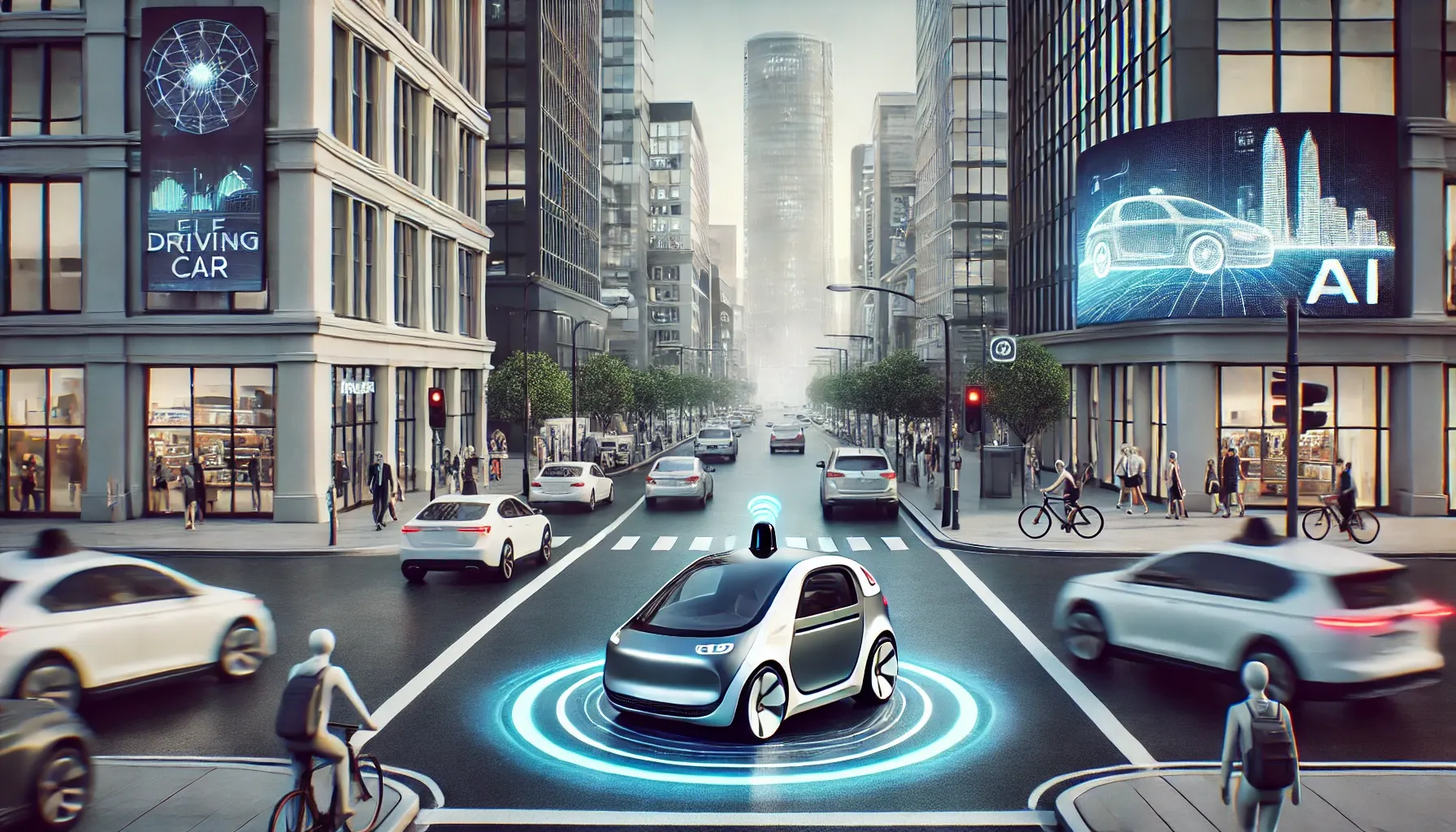What is the Main Challenge for Self-Driving Cars?
Article Source
- Journal of Big Data. Read Full Article

Why You Should Care
Imagine a world where cars drive themselves! Self-driving cars, or autonomous vehicles (AVs), could make our roads safer, reduce traffic jams, and even help the environment. But before this futuristic vision becomes a reality, there are some big challenges to overcome. Understanding these hurdles is key to appreciating the technology and getting ready for a new way of traveling.
Answering the Question: What is the Main Challenge for Self-Driving Cars?
From a researcher's perspective, the biggest challenge for AVs is safely navigating unpredictable and complex environments. Current AV systems struggle with real-time decision-making in unexpected situations, like a sudden pedestrian crossing or a random object on the road. For instance, AVs still have trouble correctly interpreting and reacting to unpredictable human behaviors, which can lead to accidents.
How Was the Study Done?
Researchers dived deep into the world of autonomous vehicles by reviewing lots of studies and data. They explored the latest advancements in technology, like sensors and artificial intelligence (AI). They also looked at the practical challenges of making AVs work in the real world, including surveys and predictions about the future of this technology.
What Was Discovered?
- Error Rates: AVs currently have a higher error rate in detecting and responding to unexpected objects compared to human drivers.
- Reaction Time: In critical situations, AVs' reaction times are often slower than those of experienced human drivers.
- Complex Scenarios: AVs struggle significantly in complex urban environments where unpredictable events are more common.
- Data Gaps: There is a lack of comprehensive data for AVs to learn from, making it difficult for them to handle new or rare situations effectively.
Why Does It Matter?
These discoveries are super important because they highlight where we need more research and development. By understanding the technological challenges, engineers can work on improving sensor accuracy and data processing speed, making AVs safer. Recognizing the importance of integration and communication can help with better infrastructure planning and policies that support AV deployment.
Fixing these challenges will help bring AVs closer to becoming part of our everyday lives. Safer and more reliable AVs could cut down on traffic accidents caused by human error, make transportation easier for people who can’t drive, and reduce traffic jams. But to get there, researchers, engineers, policymakers, and the public need to work together.
Self-driving cars have the potential to change how we travel, but we need to tackle some tough challenges first. By understanding and addressing these issues, we can move closer to a future where AVs are a safe and common sight on our roads.
Reference:
- Journal of Big Data. Read Full Article
